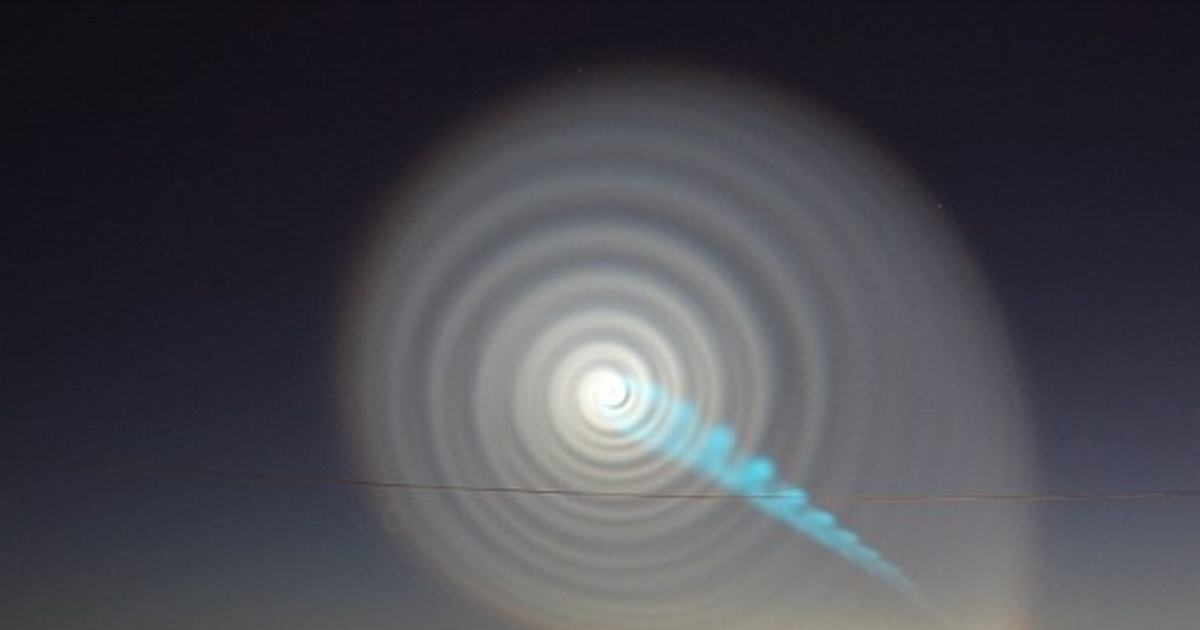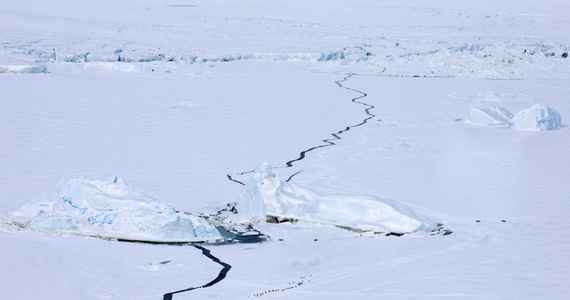The theory of relativity developed by Albert Einstein predicts that gravity causes space-time to warp. Each mass changes the trajectory of nearby objects. It also makes time pass slower around her.
From the point of view of physics, gravity is the shape of space-time, that is, everything that surrounds us. Space-time is three dimensions of space and time, which we treat as the fourth dimension. Any mass causes the curvature of space-time. It causes a “boil” inside him – extending into three-dimensional space-time. An extremely intense curvature of space-time occurs in black holes. Black holes are formed when a massive star dies. The region of space-time they occupy has such a strong gravity that nothing, including light, can escape from it. The black hole is surrounded by a surface called the event horizon, which marks the boundary of no return. Not only does a black hole bend space around it, it also bends time. Time slows down with her about a thousand times.
More extreme conditions prevail inside a black hole. Its gravity likely compresses all matter and energy into a single point. The curvature of space-time here becomes so massive that the so-called singularity.
By observing massive objects orbiting each other, scientists have discovered that not only is space-time warped in their vicinity, but that it is also “pulled” or “dragged”. This is the Lense-Thirring effect. It consists in the fact that a rotating body drags space-time behind it like a spoon turned into honey.
Thus, space-time around massive objects must bend and rotate at the same time. Einstein called this theory the distant parallel. Einstein also discovered that black holes can have two ends. So they can form something like a bridge between two points in space-time. Later, mathematicians proved that when we bend space-time properly, we can travel from one point to another through so-called wormholes, technically known as Einstein-Rosen bridges. A wormhole is a small region of the universe that connects separate parts of space-time. These wormholes can be used for interstellar travel at high speed. In theory, a human being could survive such a journey.
Wormholes are the subject of research and controversy among modern physicists. No observations of their existence have yet been recorded, although Albert Einstein’s theory of general relativity admits the existence of wormholes in some models of space-time.
One of the first works to suggest the possibility of tunnels in terms of relativity is the Einstein-Rosen Bridge, published in 1935. Together, Albert Einstein and Nathan Rosen discovered that the combination of a black hole model and a so-called white hole creates a kind of tunnel in space-time. Since it was the only known tunnel, for a long time its name referred to all tunnels. American physicists John Archibald Wheeler and Robert Fuller made many contributions to the study of tunnels in the 1960s, proving, among other things, that Einstein-Rosen bridges are unstable and will collapse on their own before anything crosses them. The tunnels’ English name “Wormhole” was introduced in 1957 by John Wheeler, as an example of the worm on the surface of an apple, which digs a hole to get to the other side. Sergey Krasnikov proposed the more practical term “space-time abbreviation” for wormholes that allow the transfer of matter and energy.
Wormholes would make it possible to travel to distant regions of the universe in a relatively short time, faster than light gets there, but – what is their defining advantage – without having to exceed the speed of light in a vacuum for the traveler. Since wormholes connect regions of space-time, they would allow not only travel to distant regions, but also time travel.
From: national-geographic.pl

Echo Richards embodies a personality that is a delightful contradiction: a humble musicaholic who never brags about her expansive knowledge of both classic and contemporary tunes. Infuriatingly modest, one would never know from a mere conversation how deeply entrenched she is in the world of music. This passion seamlessly translates into her problem-solving skills, with Echo often drawing inspiration from melodies and rhythms. A voracious reader, she dives deep into literature, using stories to influence her own hardcore writing. Her spirited advocacy for alcohol isn’t about mere indulgence, but about celebrating life’s poignant moments.










